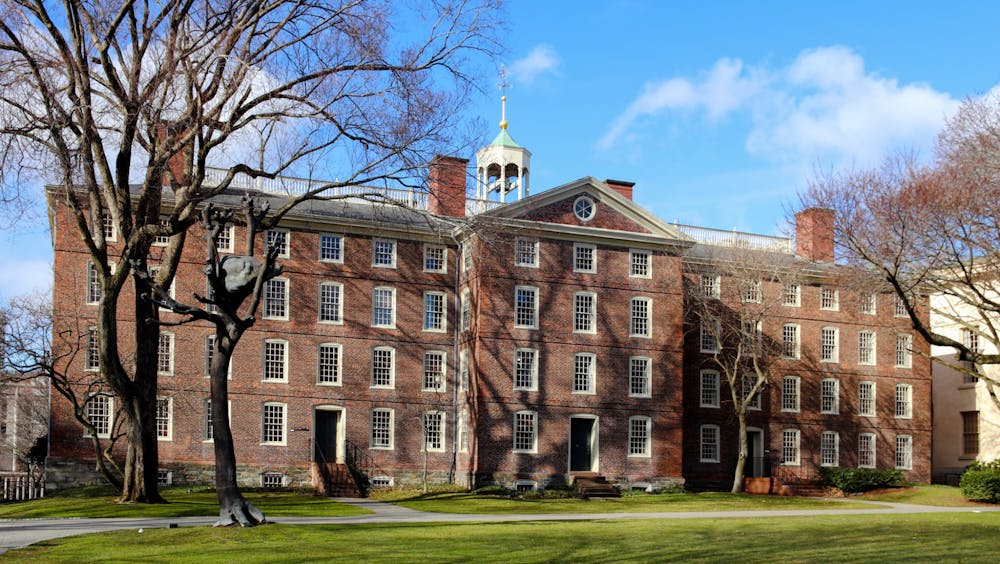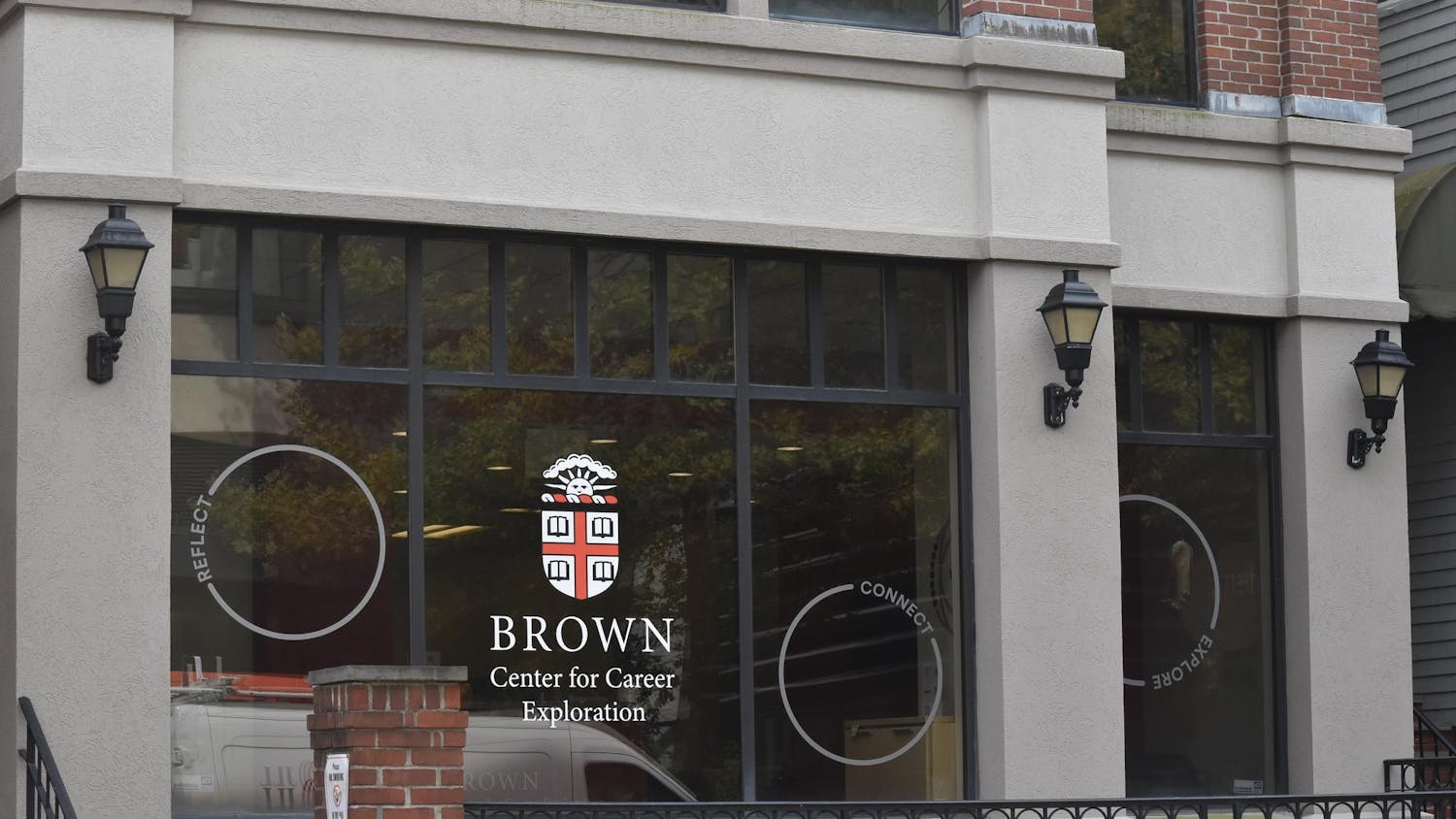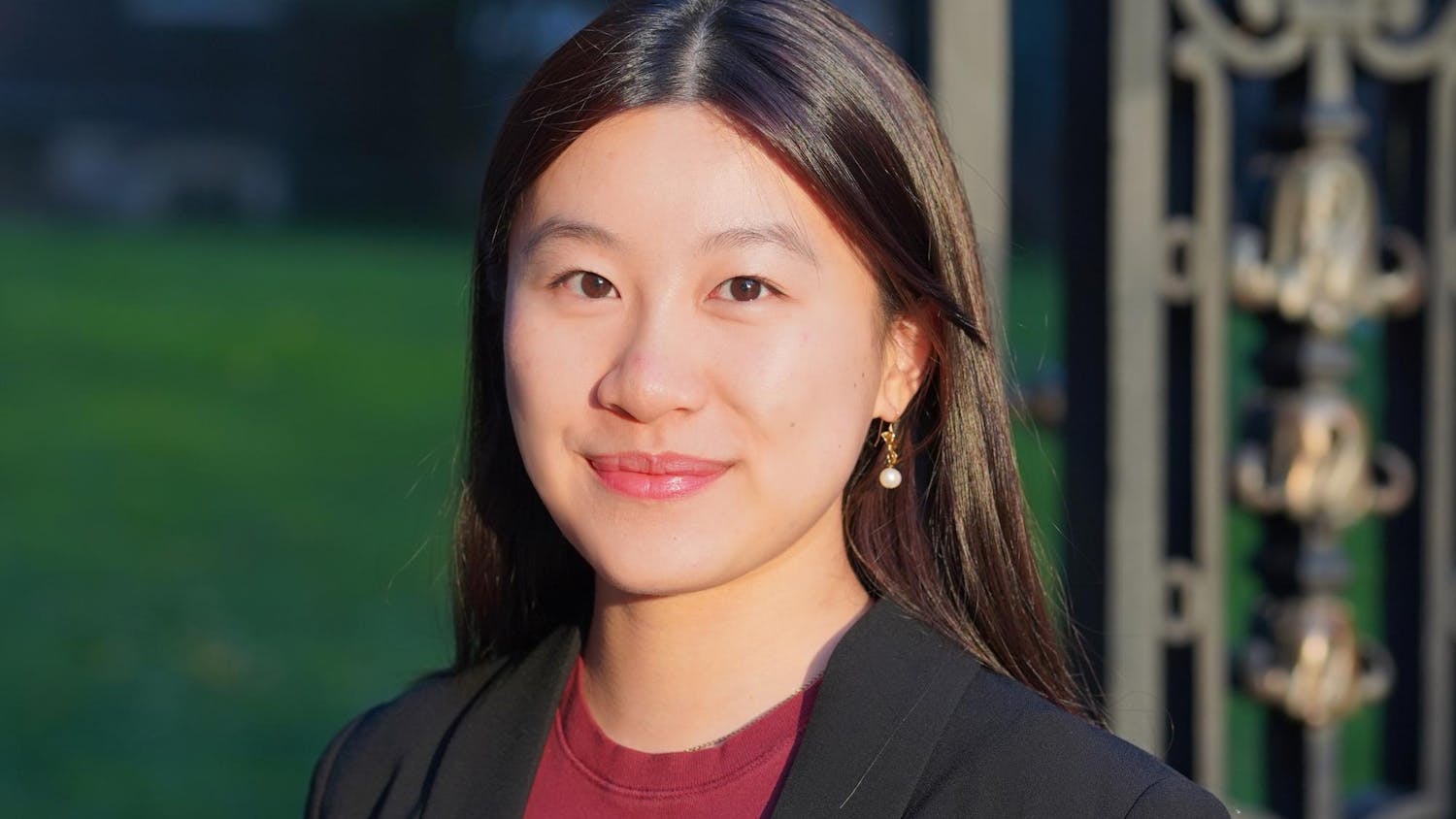In 1764, under the Charter of the University, the Corporation was formed.
The Corporation is a “bicameral” body that is “composed of a Board of Trustees and Board of Fellows,” then-President Henry Wriston explained in 1946. Tasked with the governance of the University, the Corporation “constitutes an extraordinary precaution against hasty or drastic action,” he wrote.
Today, the Corporation stands as the University’s chief body of governance. It selects the president and sites for buildings, and it determines the University budget and student tuition. Though not involved in day-to-day administrative decisions, the Corporation holds significant influence over the University’s finances and long-term strategy.
Using University records, government databases and other publicly available information, The Herald compiled a profile of the University’s highest governing body — its members’ education, political activity and their roles in Brown’s governance.
How the Corporation is structured
Today, the Corporation comprises 12 fellows and 42 trustees, including President Christina Paxson P’19 P’MD’20, Chancellor Samuel Mencoff ’78 P’11 P’15 and Vice Chancellor Pamela Reeves ’87.
The Corporation internally elects all fellows and 27 trustees for 11- and six-year terms, respectively, with fellows limited to one term. 13 trustees are elected through an agreement between the Corporation and the Brown Alumni Association, and the remaining two are “new alumni trustees” chosen by students in their final year of study. “Members of the Corporation are chosen for their commitment to the University and its mission of education and research,” according to the Corporation’s website.
Brown’s Charter assigns additional responsibilities to fellows, including “the instruction and immediate (governance) of the College” and “adjudging and conferring … academical degrees.” Fellows meet more regularly than trustees and play a more active role in University administration.
Full Corporation meetings occur three times each year, taking place in February, May and October. Corporation members also meet regularly to fulfill their requirements for the body’s three main committees — the Committee on Academic Affairs, the Committee on Budget and Finance and the Committee on Campus Life — and 12 standing committees, which address specialized issues in University governance. It is through these committees that “much of the work of the Corporation is done,” according to the Corporation website.
What professional backgrounds do corporation members have?
Twenty-three corporation members, representing nearly half of the organization, have made their careers in finance. Of these, all hold or have held significant leadership positions, and at least 14 founded or co-founded financial service firms. Financial duties, including the approval of the University’s budget and the formal acceptance of gifts, form a significant portion of the Corporation’s regular responsibilities.
University Spokesperson Brian Clark wrote in an email to The Herald that members of the Corporation serve as “ultimate fiduciaries” of the University and provide “oversight to strategies and policies designed to preserve and enhance the University’s financial strength” when asked about the representation of financial backgrounds on the board.
Academia is the second-most common professional sector for Brown’s fellows and trustees, followed by art and entertainment and medicine.
The Corporation selects members who “have the professional and personal backgrounds needed to meet their fiduciary and oversight responsibilities,” according to the Corporation's website.
Where did Corporation members attend college?
Of the Corporation members who received their undergraduate degree in the United States — at least 52 — 39 graduated from Brown, and all but two attended schools in the Northeast. The University of Pennsylvania is the second-most represented institution in the Corporation, with two members counting the school as their alma mater.
Harvard, Columbia and Brown are the most represented graduate schools in the Corporation, with at least 10, eight and six graduates, respectively.
What did members of the Corporation concentrate in at Brown?
The most common degrees earned by members are in economics and concentrations that would later become International and Public Affairs, including the now-defunct international relations, public policy and development studies concentrations.
While computer science has ranked as the highest-awarded degree at the University for several years — over 10% of students graduated with a degree in computer science in 2022 — only one Corporation member, Trustee William Zhou ’20, holds a Brown undergraduate computer science degree. Computer science was also the most popular concentration among the class of 2020, which Zhou belongs to.
Science, Technology, Engineering and Math degrees are far less represented among the diplomas of Corporation members than those of recent Brown graduates.
Together, 53.7% of degrees awarded to the class of 2022 were in life or physical sciences. This figure is up from 44.9% for the class of 2013, according to the Office of Institutional Research.
But, for Corporation members, that figure is far smaller. Only 12 of 47 of Brown undergraduate degrees — or 25.5% — awarded to Corporation members were in life or physical sciences.
When did Corporation members graduate?
The Herald identified undergraduate class years for 51 of 53 members of the Corporation.
Of these members, 62% graduated between 1980 and 1994.
The Corporation also includes two trustees from a recent graduating class, known as new alumni trustees. These individuals are selected from a slate of candidates by recent alums and students in their final year of study at Brown, according to the Corporation’s website. These members serve two-year terms.
Candidates for the role are approved by a joint subcommittee between the Corporation and the Brown Alumni Association.
Where do Corporation members spend their political dollars?
Political donations from Corporation members to candidates and political action committees have grown dramatically over the past two decades.
Since 2000, Corporation members have given over $10 million in political donations, according to the Federal Election Commission. Since then, the majority of contributions — over $7 million — have gone to Democratic-affiliated causes.
Donation data from the FEC is not comprehensive. FEC rules do not require the filing of contributions under $50, meaning they may be absent from public data.
Brown staff members are free to participate in partisan political activity, but they “may not give the appearance that they are representing the University” and cannot conduct any partisan political activity during working hours, according to the University’s Political Activity Policy.
In 2020, Corporation members donated over $2.3 million to Democrats. Corporation members also have donated approximately $2 million to Republican-affiliated individuals and organizations.
Nearly half of all funding given to Republican-affiliated causes came in 2022, largely due to two donations, each of $500,000, from Corporation trustee Orlando Bravo '92 to conservative super PAC America for Everyone.
Bravo did not respond to requests for comment on the two donations.
According to FEC data, President Christina Paxson P’19 P’MD’20 has donated $25,750 to political candidates and causes since 2000 — all Democratic-affiliated — including a $2,500 donation to the committee of U.S. Rep. David Cicilline (D-R.I.) in 2021. Paxson declined to comment on the donations.
Paxson rarely comments on American partisan politics. In an April 7 interview with The Public’s Radio, Paxson declined to comment on proceedings against former President Donald Trump, the Jan. 6, 2021 insurrection at the U.S. Capitol and alleged election interference in Georgia.
Charlie Clynes was the managing editor of digital content on The Herald's 134th Editorial Board. Previously, he covered University Hall and the Graduate Labor Organization as a University News editor.

Neil Mehta was the editor-in-chief and president of the Brown Daily Herald's 134th editorial board. They study public health and statistics at Brown. Outside the office, you can find Neil baking and playing Tetris.





